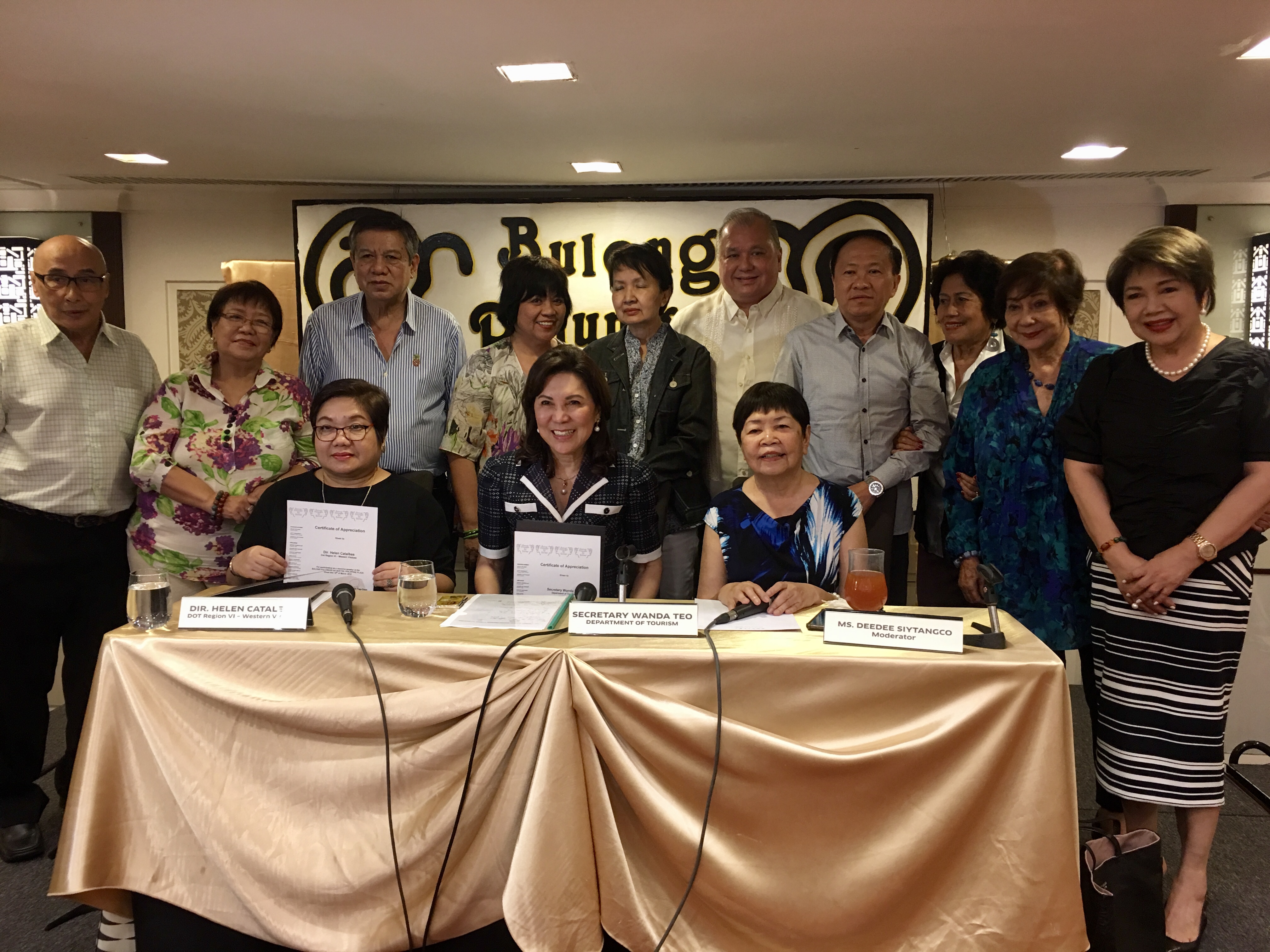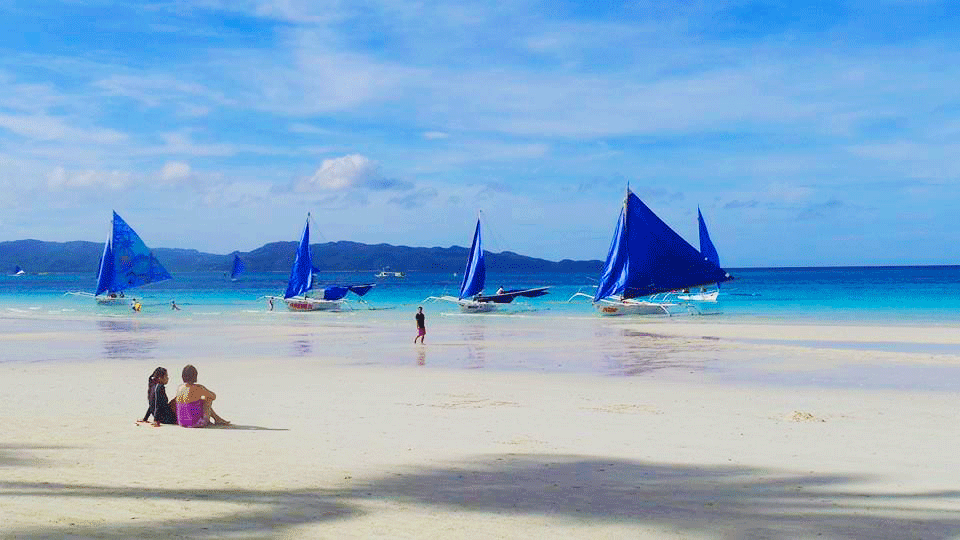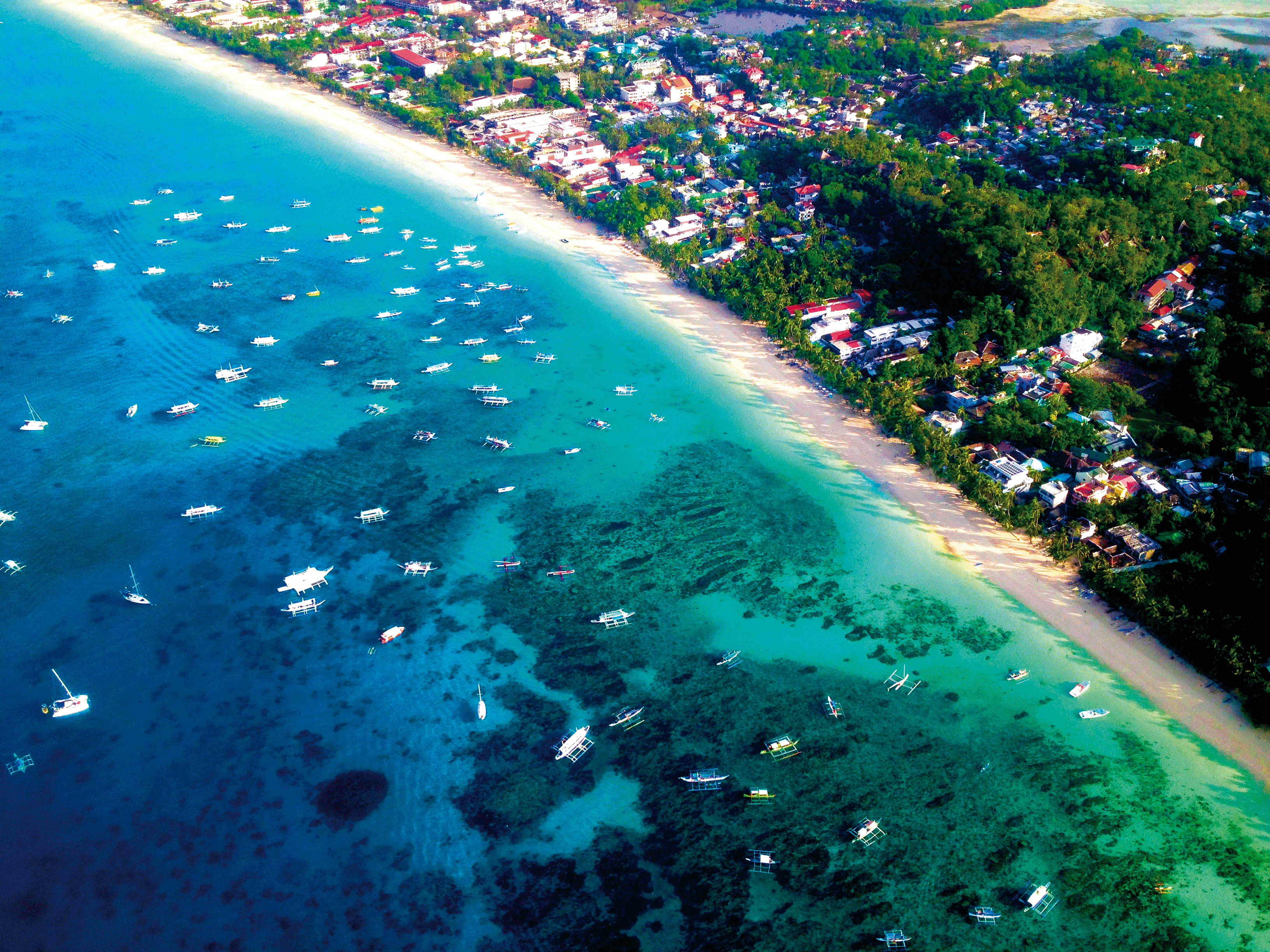
By Alex Y. Vergara
If it were up to her, Department of Tourism (DOT) Secretary Wanda Corazon Teo would want to close Boracay for a much-needed general cleanup and rehabilitation for no more than two months. But the decision isn’t hers alone to make.
Yes, it’s definite. Boracay will temporarily close for business. The final word would come in an official announcement to be made by President Rodrigo Duterte, Teo said Monday at the Bulong Pulungan sa Sofitel.
In a more recent development, Malacañang assured Thursday that Boracay’s closure would not happen this summer season. The government has imposed a moratorium on new construction on the island. But presidential Spokesperson Harry Roque said tourists are free to spend their Holy Week in Boracay.
Beyond acceptable levels
From wanton and illegal construction of structures that have eaten into a considerable portion of Boracay’s white-sand beaches and wetlands, to traces of invisible fecal coliform that have breached safe and acceptable levels in its greenish blue waters, the island finds itself in the midst of a controversy. The President, in an earlier report, even wanted it shut down for a year.
Teo and DOT Director for Region VI Helen Catalbas recently graced the regular Bulong Pulungan sa Sofitel to answer tourism-related questions from reporters, especially on the current state of Boracay and how the government intends to address the issue.

She also emphasized the importance of Boracay in helping DOT meet its target. Tourism’s importance, especially in an emerging economy like the Philippines, shouldn’t be underestimated. Based on global studies, one out of five jobs generated in recent years is tourism-related.
DOT, based on the National Tourism Development Program from 2016 to 2022, has set its sights on luring 7.4 million foreign tourists to the country in 2018. And a big chunk of visitors, both foreign and local, spend their holidays in Boracay.
“To give you an idea, a total of two million foreign and local tourists visited Boracay in 2017,” Teo said.
On target
During the first two months of 2018, the DOT has already breached the 1.2 million mark, registering a 16.5 percent increase compared to the same period last year. Teo remains hopeful that her department would be able to reach and even exceed its targets despite Boracay’s closure by diverting and encouraging tourists to visit other destinations in the country, particularly developed ones such as Cebu, Bohol, parts of Palawan, Siargao and even Pagudpud in Ilocos Norte.
Aware of the loss not only of warm bodies going to Boracay, but the very livelihoods and businesses of Filipinos that depend directly on tourism, Teo understandably wants to make the island’s closure as quick as possible.

“I told people in government that we need to address everything in two months,” she said in a mix of English and Filipino. “Closing Boracay is necessary because if we do it phase by phase, the (rehab) work would take longer.”
President Duterte, Teo added, is poised to declare a “state of calamity” in Boracay any time soon. Doing so would allow government to proceed with its work without being delayed by temporary restraining orders (TROs) stemming from cases likely to be filed by affected and disgruntled stakeholders.
The move to declare Boracay a calamity zone is also necessary to protect tourists and those in the hospitality industry from accidents, said Teo, as engineers and construction workers proceed in digging and demolishing illegally built structures as well as pinpointing and dismantling substandard sewage systems all over the island.
Flood and traffic
The rehab also plans to address and mitigate certain flood-prone areas. Teo also cited Boracay’s growing traffic problem caused mainly by protruding establishments along the island’s main highway. These businesses would also have to go.
Putting the island under a state of calamity would also free up necessary funds to help tide over workers affected by Boracay’s shutdown, Teo added.
Although the island’s residents are free to remain during the closure, they’re likely to feel the rehab’s ill effects, as fresh water supply to the island would be limited.
The government’s critics are likely to decry this latest development, especially its plan to do away with TROs. But putting Boracay under a state of calamity is probably not an exaggeration given how big the problem in the island has become. For one, waters around the once pristine island have become alarmingly dirty, Teo said.
Even if you’re lucky enough not to ingest a single drop of water while swimming, the likelihood of you contracting some form of skin disease after taking a dip isn’t farfetched.
“The acceptable number of fecal coliform in the water shouldn’t exceed 400 MPN (most probable number) per 100 liters,” Teo added. “These days, the number of fecal coliform in Boracay’s waters has reached 18,000 MPN per 100 liters.”
The government has already pinpointed where the bulk of inadequately treated and even raw sewage is coming from. It’s not island-wide as most people had initially feared, but since tainted water has a way of circulating and mixing with clean water, the problem has become island-wide. But it should still be traced and addressed at its source.
Inadequate
“The existing sewage treatment plant in Boracay is no longer adequate,” said Teo. “When treated water comes out, it’s still not clean.”
The government also aims to reclaim Boracay’s disappearing wetlands with the island’s closure. Such a move, Teo added, isn’t only necessary. They’re also far from unique, “as Thailand, time and again, has closed Phuket to tourists” for much-needed cleanups.
Not surprisingly, the national government traced Boracay’s current mess, which could be summed up to years of unregulated overbuilding, mainly to the municipality’s local government units or LGUs, which have also proven woefully inadequate in addressing the 60 to 80 tons of garbage generated daily in Boracay.

Since they don’t fall under DOT’s turf, Teo declined to categorically state what sanctions await these local government officials once Boracay’s rehabilitation is over.
“When all this is over, we will propose to the President that he create a Boracay Development Authority, which would be similar to the Clark Development Authority, to directly oversee developments on the island,” said Teo. “Otherwise, if we don’t, we would be back [again] to zero.”
Alternatives to Boracay
For her part, Catalbas appealed to local and foreign tourists to consider, for the meantime, other alternatives in Region 6, including Negros Occidental, which features Bacolod and the heritage city of Silay, Iloilo, Capiz and Antique.
“I’d like to dispel the notion that Region 6 is only [about] Boracay,” she said. “Region 6 is huge. We have five major airports in the region with two more coming up. Western Visayas is not only about sun and beach. We’re also a big MICE (meetings, incentives, conventions and events) destination with 29,000 rooms to offer.”
In a recent interagency meeting involving the Department of Environment and Natural Resources (DENR), Department of Interior and Local Governments (DILG) and DOT, Teo, DENR Secretary Roy Cimatu and DILG Secretary Eduardo Año have agreed of the need to close Boracay temporarily for business.
But while Año wanted Boracay closed for six months, Cimatu, like Duterte, was in favor of closing it for a year. Apart from being able to directly deal with illegal structures, the closure would allow the national government to make massive diggings around the island to determine which among the Boracay’s numerous establishments are violating the law by releasing raw and untreated sewage.
For her part, Teo hasn’t seen the list of violators and cases directly responsible for the current mess in Boracay yet. It won’t come as a surprise to her if they number by the thousands. But all is not lost, as the Secretary remains confident that with time and through people’s concerted efforts, order and cleanliness would again reign in paradise.






